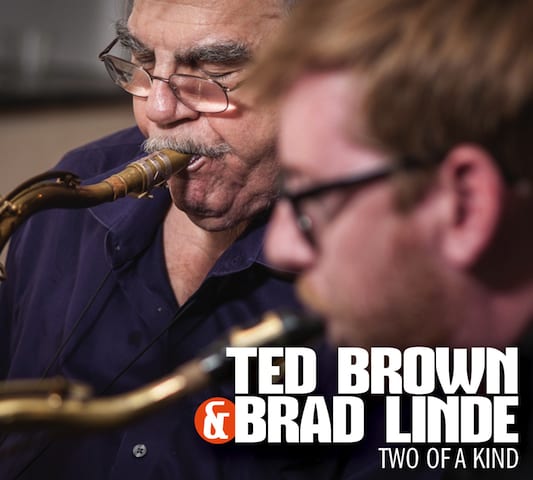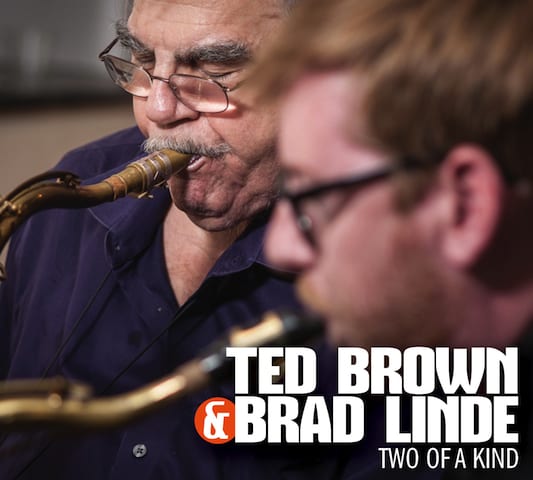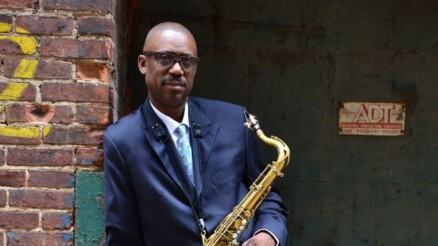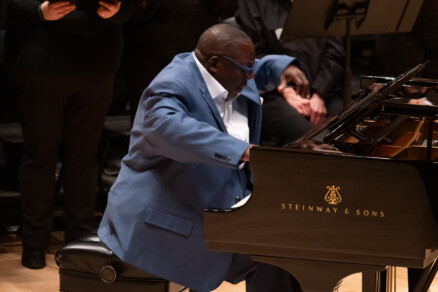Album review | Ted Brown & Brad Linde’s Two of a Kind

by Giovanni Russonello
Editorial board
There are a lot of self-sustaining traditions in jazz, most of them associated with some staked-out ideology, ready to cleave the believers from the antagonists. If jazz is anything, it’s durable and elastic; most of those traditions have outlasted their original generations with only slight retrofitting.
Selected as one of five discs on “CapitalBop’s Best Albums of 2012: Honorable Mention.” Click to view the full list.
The Tristano school took hold among some cool-jazz musicians in the 1940s and ’50s; it was a chamber music-influenced approach, full of tightly packed counterpoint, upturned melodies, and improvisation on the qui vive. It hasn’t been one of those styles with a long afterlife (although its effects did seep into the work of people like Charlie Parker and Anthony Braxton). Yet there exists a handful of musicians who still devote themselves to it. A diminishing number of them, like Ted Brown, 85, actually learned directly from Lennie Tristano – the blind pianist, teacher and theorist who formulated the method, but hardly ever performed publicly – and some others, like D.C.’s Brad Linde, 33, come from a younger generation.
Both Brown and Linde play tenor saxophone, although the former has a more storied history and a huskier, more palpable sound. They came together this year to create Two of a Kind, an enjoyable CD featuring four other local musicians: Michael Kramer on guitar, Dan Roberts on piano, Tom Baldwin on bass and Tony Martucci on drums. A successful saxophonist since the 1950s, Brown has maintained a solid reputation through the years for his enchantingly sleepy attack and marbled tone – both of which are fully on display on this recording.
The two saxophonists often double or harmonize on these melodies, recalling the partnership Brown had with tenor player Warne Marsh on the classic album Jazz of Two Cities – which Linde cites in the liner notes as an inspiration – or with the alto saxophonist Lee Konitz, a mentor of Linde’s, on 1999’s Dig It. The repertoire includes Brown originals (Two of a Kind starts with “Smog Eyes,” a breezy and ladder-like melody that also kicked off Dig It), a Marsh piece, and a Tchaikovsky opus, plus a bit more. Tristano school, to a T.
Through it all, the music is bright, jocular. The space between Linde and Brown’s saxophone sounds holds the amicable vitality of a torch being passed, and a mode of expression being kept alive.
—
You can purchase Two of a Kind at CDBaby.
Brad Linde, cool jazz, DC, DC jazz, jazz, Lennie Tristano, Ted Brown, Tristano school, Washington






